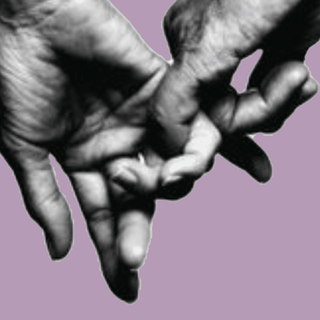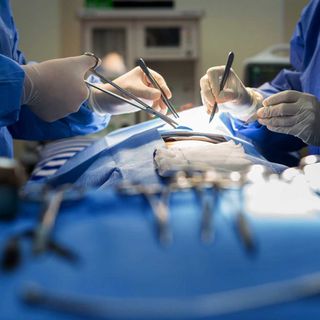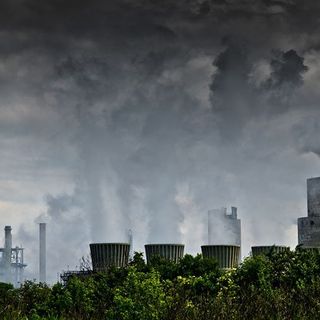Three years ago, when researchers led by the U.S. National Oceanic and Atmospheric Administration, set out to study fish nurseries off the coast of Hawaii, they were faced with a finding they weren’t prepared for. The ratio of floating plastic to baby fish inside these larval nurseries was seven to one. The same ocean processes that create surface slicks — naturally occurring, ribbon-like, smooth waves, which are full of plankton, an important food resource for new marine life — also attract a disproportionate accumulation of toxic, non-nutritious plastics.
“It was completely unexpected,” Gareth Williams of Bangor University, U.K., PhD, one of the study’s researchers, told BBC News. “The fact that the plastics outnumber the larval fish was astonishing.”
According to the study, published in the journal Proceedings of the National Academy, the plastic density of these surface slicks was eight to 12 times higher than that of the Great Pacific Garbage Patch; the plastics were also 126 times denser in the slicks that in the surrounding waters. However, the most troubling finding the researchers came to, after dissecting hundreds of baby fish, was that the fish were ingesting these floating plastics, the majority of which were less than a millimeter, or what the researchers call “prey size.”
“It’s these tiny pieces that are being eaten by baby fish. It’s these tiny pieces that we can’t even see with our naked eyes that are the problem here,” Jonathan Whitney, study co-leader and marine ecologist for the Joint Institute for Marine and Atmospheric Research in Honolulu, said to Star Advertiser. “We found tiny plastic pieces in the stomachs of commercially targeted [open sea] species, including swordfish and mahi-mahi, as well as in coral reef species like triggerfish,” he said to BBC News. The researchers also found plastic inside flying fish, which are an important food source for larger fish like tuna and many Hawaiin sea birds — a marine web that’s entirely put at risk with the introduction of plastic into the food chain.
Related on The Swaddle:
One Million Species Face Extinction Because of Humans: UN Report
While the health implications of baby fish ingesting plastic are still unclear — “we don’t have the data to say whether or not this has a negative effect on fish populations,” Williams told BBC News — researchers agree that it can’t be good for marine life to be eating toxic, non-nutritious particles at that stage in their development when nutrients are so critical; “if they get a piece of plastic, that could be it. A single thread in the stomach of a larval fish is potentially a killer,” Whitney said to National Geographic. She explained that if the number of larval fish decrease, the number of them that successfully mature into adult fish also decrease, affecting the three billion people and the countless seabirds and marine life that depend on a steady fish supply for sustenance.
Biodiversity, in general, and marine life, in specific, are already threatened by a range of manmade threats, such as climate change, habitat loss, and overfishing. By some estimates, fish stocks worldwide have halved in the last five decades alone. With this research, we can now add plastic ingestion by baby fish to the list of threats.
The smallest fish the researchers found with plastic in its stomach was only about six millimeters, implying the plastics the fish are eating are even smaller, Whitney said to National Geographic. “They are less than one millimeter, things you can barely see with the naked eye. [That is] the shocking part: The pieces we can’t even see are the problem.”




